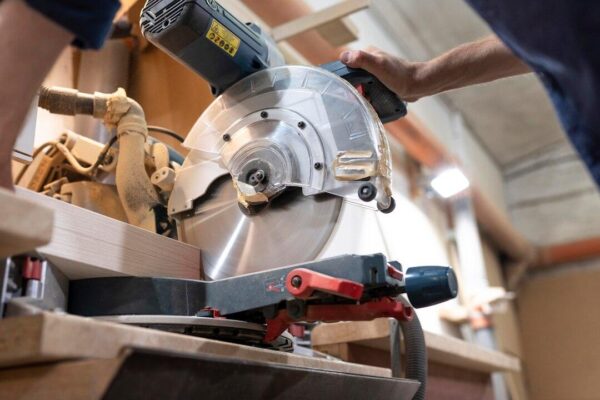
The design variances of specific types of grinding machines have led us to the development of many different kinds, each tailored to various tasks. But, what are the most common types of grinding machines you can encounter today? Among the top, you’ll find surface, cylindrical, and centerless grinding machines, though their uses and applications extend far beyond just those three. Find out more about the types of grinding machines in the article below!
What Are the Main Types of Grinding Machines?
The manufacturing industry relies heavily on precision. A one-size-fits-all solution, while desirable and efficient, is sadly impossible and impractical. No matter the type of goods – cars, electronics, or industrial machinery – crafting them requires pinpoint accuracy, and slight millimeter-long deviations can compromise user safety.
For that reason, manufacturers employ a variety of grinding machines. But what are the main types, actually? Take a look below for some of the most common ones:
Surface Grinding Machines
In many industries, surface grinders play the role of a true workhorse. They are mostly used to create flat, smooth surfaces thanks to a rotating abrasive wheel, making them incredibly versatile across a range of applications.
Cylindrical Grinding Machines
As the name suggests, cylindrical grinders are designed to grind and create cylindrical workpieces, parts, and elements. Whenever ultimate precision in the roundness of these elements is required, a cylindrical grinder is likely the go-to choice.
Centerless Grinding Machines
In contrast to the previous two types of grinding machines, centerless grinders don’t rely on a spindle or fixture to keep the workpiece in place during smoothing. Instead, the element is secured between two rotating wheels – a grinding one and a regulating one – making it much easier to rapidly process a lot of parts when high-volume work is required on short notice.
Which Industries Utilize Grinding Machines?
As was alluded to before, the versatility of these various implements makes them invaluable across a range of industries. But which would these be?
- Automotive & aerospace industries: Engine components, gears, and other critical parts that require precise manufacturing for full adherence with regulations and standards – a lot of them are made with grinding machines.
- Toolmaking: Grinding machines are essential in the toolmaking industry to produce and sharpen molds, tools, and dies. To be usable, they need to be crafted with pinpoint precision, which grinding machines offer.
- Heavy equipment manufacturing: Construction, mining, and agricultural machinery also benefit from grinders and their ability to produce gears, axels, or even small bolts, pins, and bearings.
While grinding machines form the backbone of many industrial equipment, they also require proper maintenance to ensure longevity and optimal, precise performance. Even the most minor quality deviations can cause a butterfly effect later down the road.
Therefore, it’s important to ensure you properly maintain your grinding machines and replace faulty components using only quality grinding machine parts.
The Takeaway
Grinding machines are useful, invaluable, even. Their often very specific designs result in their presence across a range of industries that rely on that hallmark level of precision. Their effectiveness in the automotive, aerospace, or construction industries will always be intertwined with the need for regular maintenance. Be sure to stay on top of things to keep your grinders running nice and smooth for a long time.